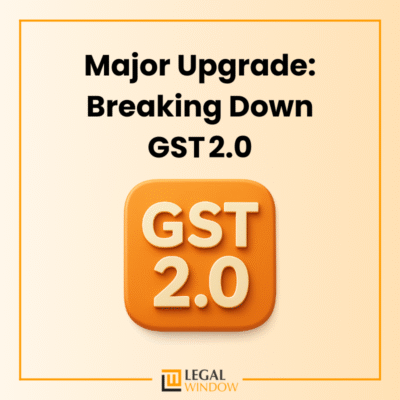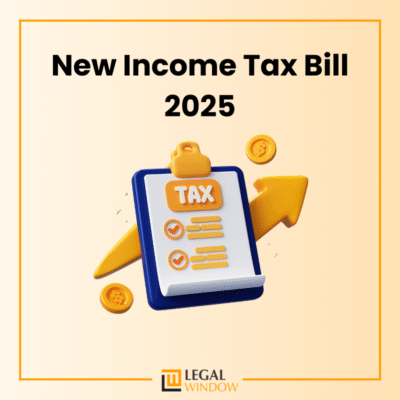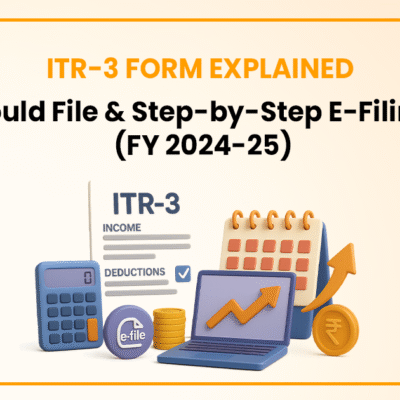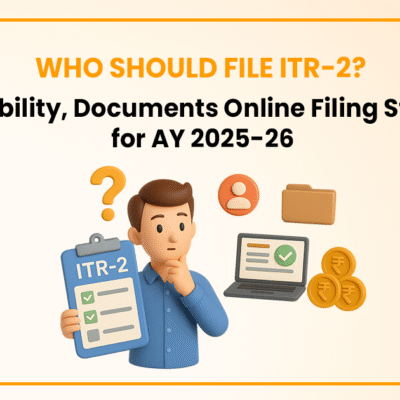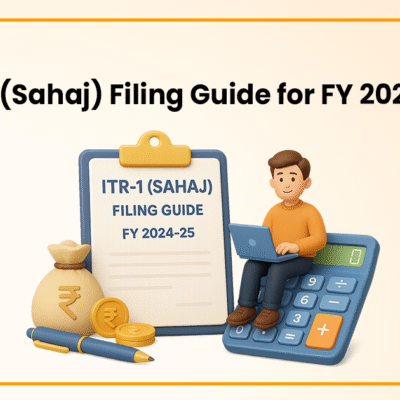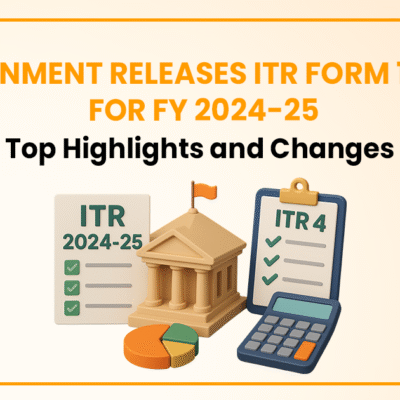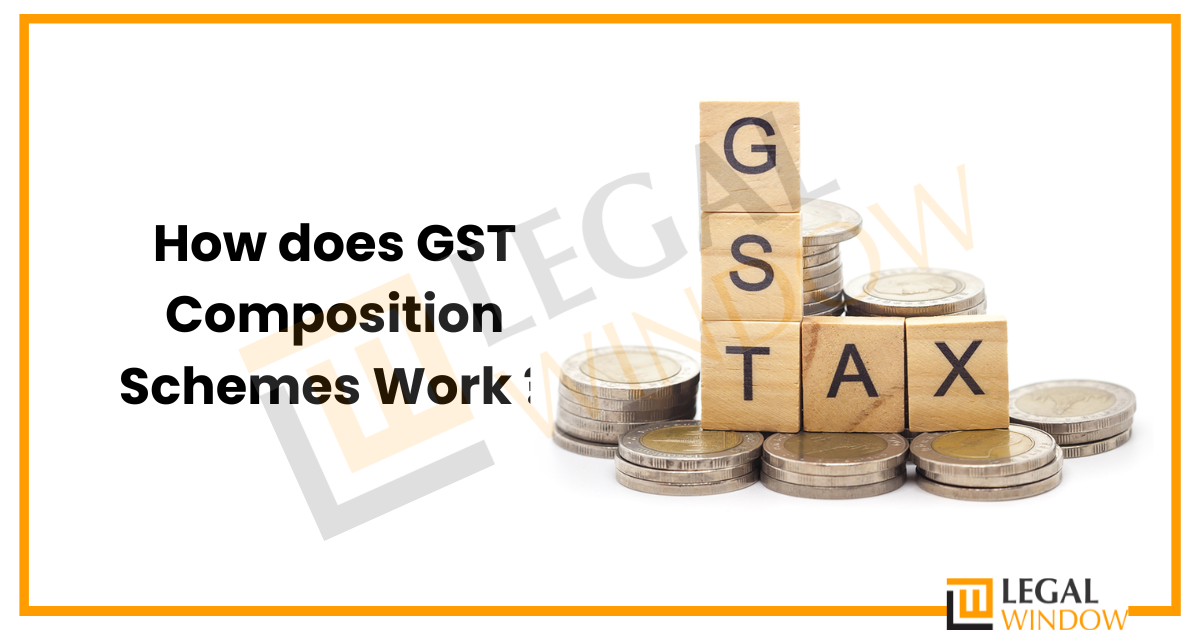
The Goods and Services Tax (GST) is an indirect tax that has revolutionized the way taxes are levied in India. The GST Composition Scheme is a taxation scheme for small businesses to reduce their compliance burden. This article deals with the GST Composition Schemes work.
Contents
Understanding the GST Composition Scheme
The GST Composition Scheme is offered to small businesses whose annual turnover does not exceed a particular limit. It is available to manufacturers, traders, and service providers. But, it excludes certain categories of e-commerce operators and interstate suppliers. Here, the eligible businesses can choose to pay GST at a lower rate based on their turnover. After all, the composition scheme under GST has to meet some eligibility criteria.
Eligibility Criteria
Here, we have to acknowledge, who is eligible for the GST composition scheme rules and those conditions are as follows:
- Annual turnover
The annual aggregate turnover of the business should not exceed INR 1.5 crore for suppliers of goods and, INR 50 lakhs is in the case of services. In the case of specified states (Eg: Manipur, Mizoram, Nagaland, and Tripura), the threshold limit is INR 75 lakhs.
- Nature of the business
Manufacturers, traders, and service providers are eligible for the Composition Scheme. However, certain businesses are excluded, such as suppliers of exempted goods, e-commerce operators, and those involved in inter-state supplies.
Benefits of the GST Composition Scheme
- Lower tax liability
Businesses registered under the Composition Scheme rate are subject to a lower tax rate based on their turnover. For manufacturers and traders of goods, the rate is usually 1% (0.5% towards CGST and 0.5% towards SGST). For service providers, it is normally 6% (3% towards CGST and 3% towards SGST).
- Reduced compliance requirements
Businesses availing of the Composition Scheme have to file quarterly returns under GSTR-4 instead of the usual monthly returns. This eases the compliance burden, saves time, and reduces paperwork.
- Availability of input tax credit
Unlike regular taxpayers, businesses registered under the Composition Scheme are not allowed to claim input tax credits. This eliminates the need to maintain detailed records of input tax paid on purchases.
Also, read: Key Summary of Composition Scheme under the GST Act
Working on the GST Composition Scheme
Once a business is eligible and decides to opt for the Composition Scheme, they must follow these steps:
- Registration
The business needs to migrate to the Composition Scheme by filling out Form GST CMP-02 within a specified time frame.
- Invoicing
Businesses registered under the Composition Scheme cannot charge GST on invoices. They must mention “Composition taxable person, not eligible to collect tax on supplies” on all invoices issued.
- Quarterly returns
Composition taxpayers should file GSTR-4, a quarterly return, by the 18th of the month succeeding the quarter. The return must include details of outward supplies, inward supplies, taxes paid, and payment of tax liabilities.
- Payment of tax
The tax liability is determined based on the prescribed tax rate for the respective category of business. The business must pay the tax liability within a specified due date.
- Validity of Composition Scheme
Once enrolled, the Composition Scheme is valid until the business opts out voluntarily or becomes ineligible due to exceeding the turnover threshold. However, businesses are required to file a yearly return in GSTR-9A to maintain compliance.
- Opting out or cancellation
A business can voluntarily opt out of the Composition Scheme by filing Form GST CMP-04. Additionally, the tax authorities can cancel the scheme if any conditions or provisions are violated.
Also, read: What Wikipedia Can’t Tell You About GST Composition Scheme?
Impact and Challenges
The GST Composition Scheme has proven to be beneficial for small businesses by reducing their tax liabilities and simplifying the compliance process. It encourages small and micro enterprises to join the formal economy, thereby boosting transparency and tax revenues. However, there are certain challenges to address, such as the restriction on input tax credits, the inability to collect tax from customers, and the need to maintain separate records for composition dealers.
Closing Remarks
The Goods and Services tax GST Composition Scheme is a significant step towards promoting ease of doing business for small enterprises in India. By opting for this scheme, businesses can reduce their tax burden, simplify compliance requirements, and focus on their core activities. However, businesses must carefully evaluate the eligibility criteria and assess their situations before deciding to opt for the Composition Scheme.
In case of any query regarding how GST Composition Schemes Work, feel free to connect with our legal experts at Legal Window at 72407-51000.
Company Secretary and diligent learner deeply immersed in the world of corporate law, compliance, and governance with a focus on developing a robust foundation in legal principles and corporate practices. Passionate about exploring the intricacies of company law, regulatory compliance, and corporate governance.
Categories
- Agreement Drafting (23)
- Annual Compliance (13)
- Change in Business (37)
- Company Law (150)
- Compliance (90)
- Digital Banking (3)
- Drug License (4)
- FEMA (17)
- Finance Company (42)
- Foreign Taxation (9)
- FSSAI License/Registration (15)
- GST (124)
- Hallmark Registration (1)
- Income Tax (214)
- Latest News (36)
- Miscellaneous (170)
- NBFC Registration (8)
- NGO (18)
- SEBI Registration (6)
- Section 8 Company (10)
- Start and manage a business (27)
- Startup/ Registration (134)
- Trademark Registration/IPR (48)
Recent Posts
- Major Upgrade: Breaking Down GST 2.0 September 15, 2025
- New Income Tax Bill 2025 August 27, 2025
- ITR-3 Form Explained: Who Should File & Step-by-Step E-Filing Guide (FY 2024-25) June 25, 2025
All Website Tags
About us
LegalWindow.in is a professional technology driven platform of multidisciplined experts like CA/CS/Lawyers spanning with an aim to provide concrete solution to individuals, start-ups and other business organisation by maximising their growth at an affordable cost.


